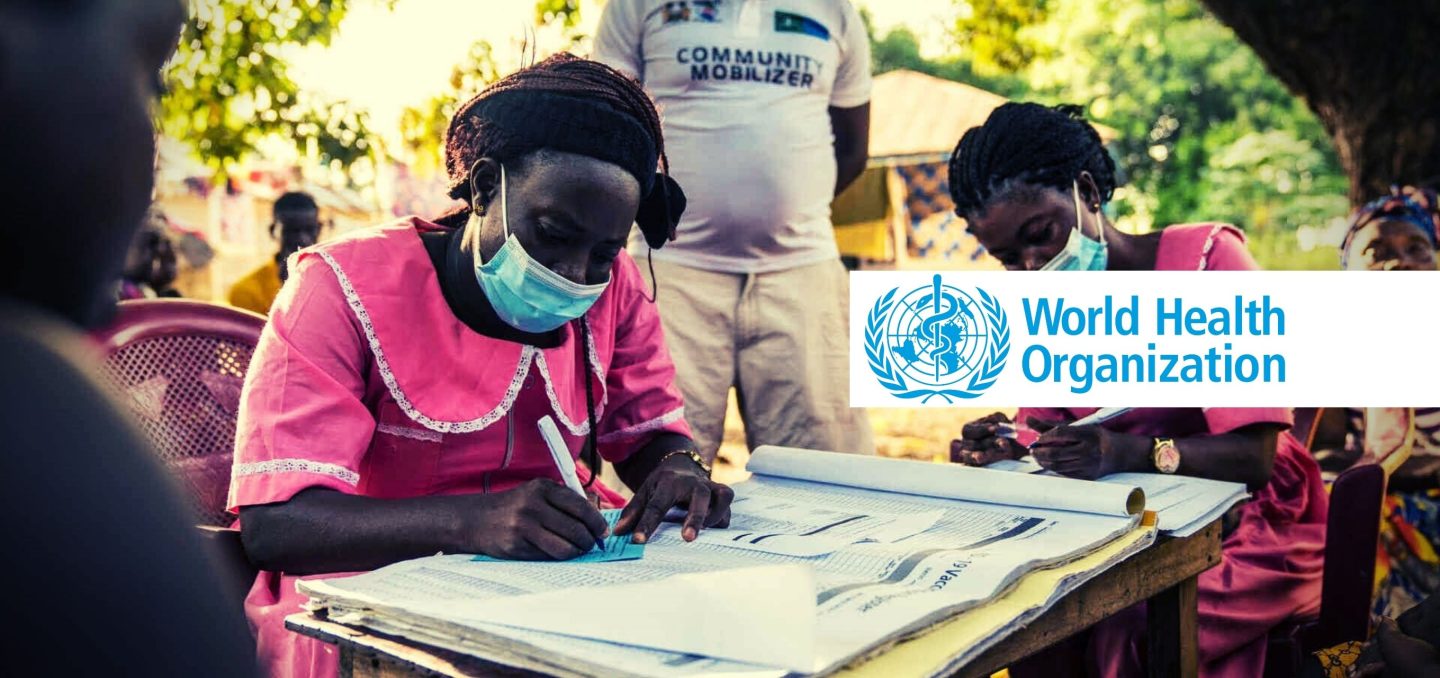Today, WHO is launching the Health Inequality Data Repository, the most comprehensive global collection of publicly available disaggregated data and evidence on population health and its determinants. The repository allows for tracking health inequalities across population groups and over time, by breaking down data according to group characteristics, ranging from education level to ethnicity.
The data from the repository show that, in just a decade, the rich-poor gap in health service coverage among women, newborns and children in low- and middle-income countries has nearly halved. They also reveal that, in these countries, eliminating wealth-related inequality in under-five mortality could help save the lives of 1.8 million children.
The Health Inequality Data Repository (HIDR) includes nearly 11 million data points and consists of 59 datasets from over 15 sources. The data include measurements of over 2000 indicators broken down by 22 dimensions of inequality, including demographic, socioeconomic and geographical factors. Topics covered include: the Sustainable Development Goals (SDGs); COVID-19; reproductive, maternal and child health; immunization; HIV; tuberculosis; malaria; nutrition; health care; non-communicable diseases and environmental health.
The ability to direct services to those who need them the most is vital to advancing health equity and improving lives. Designed as a one-stop-shop for data on health inequality, the Repository will help us move beyond only counting births and deaths, to disaggregating health data according to sex, age, education, region and more,” said Dr Tedros Adhanom Ghebreyesus, WHO Director-General. “If we are truly committed to leaving no one behind, we must figure out who is being missed.
However, disaggregated data are still not available for many health indicators, and where they are available, they are most frequently broken down only by sex and, to a lesser extent, by age and place of residence. For instance, only 170 of the 320 indicators in WHO’s gateway for health-related statistics, the Global Health Observatory, are disaggregated, of which 116, or two thirds, are disaggregated only by sex.
Though limited, the available disaggregated data reveal important inequality patterns. In high-income countries, hypertension is more common among men than women and obesity rates are similar among men and women. By contrast, in low-income countries, hypertension rates are similar among women and men, but obesity rates are higher among women than men.
The repository also reveals inequalities in national COVID-19 responses. In 2021, in more than a third of the 90 countries with data, COVID-19 vaccination coverage among the most educated was at least 15 percentage points higher than among the least educated.
Releasing the HIDR, WHO is calling on countries to adopt routine health inequality monitoring, make disaggregated data publicly available, expand data collection and increase capacity for analysis and reporting. Inequality analyses should be conducted regularly at the global, national and subnational levels, with health inequality monitoring integrated into global and national goals, indicators and targets, and health performance assessments. WHO is committed to working with countries and partners to update and expand this resource annually.
Notes to editors
In addition to WHO, major data sources include: the UNICEF Data Warehouse; DHS Program; UNAIDS; United Nations Development Programme (UNDP); United Nations Statistics SDG Indicators Database; Eurostat; World Bank; Organisation for Economic Co-operation and Development (OECD); Global Data Lab; Global COVID-19 Trends and Impact Survey; and the Institute for Health Metrics and Evaluation (IHME).
All the datasets of the HIDR can be explored using the Health Equity Assessment Toolkit (HEAT) software and downloaded through the Health Inequality Monitor website, as well as via an Application Programming Interface (API).
The HIDR will be launched during a webinar on 20 April 2023, from 13:00 – 14:15 CET.
A review of WHO resources and contributions for strengthening and expanding health inequality monitoring for the advancement of health equity can also be found in the International Journal for Equity in Health.



